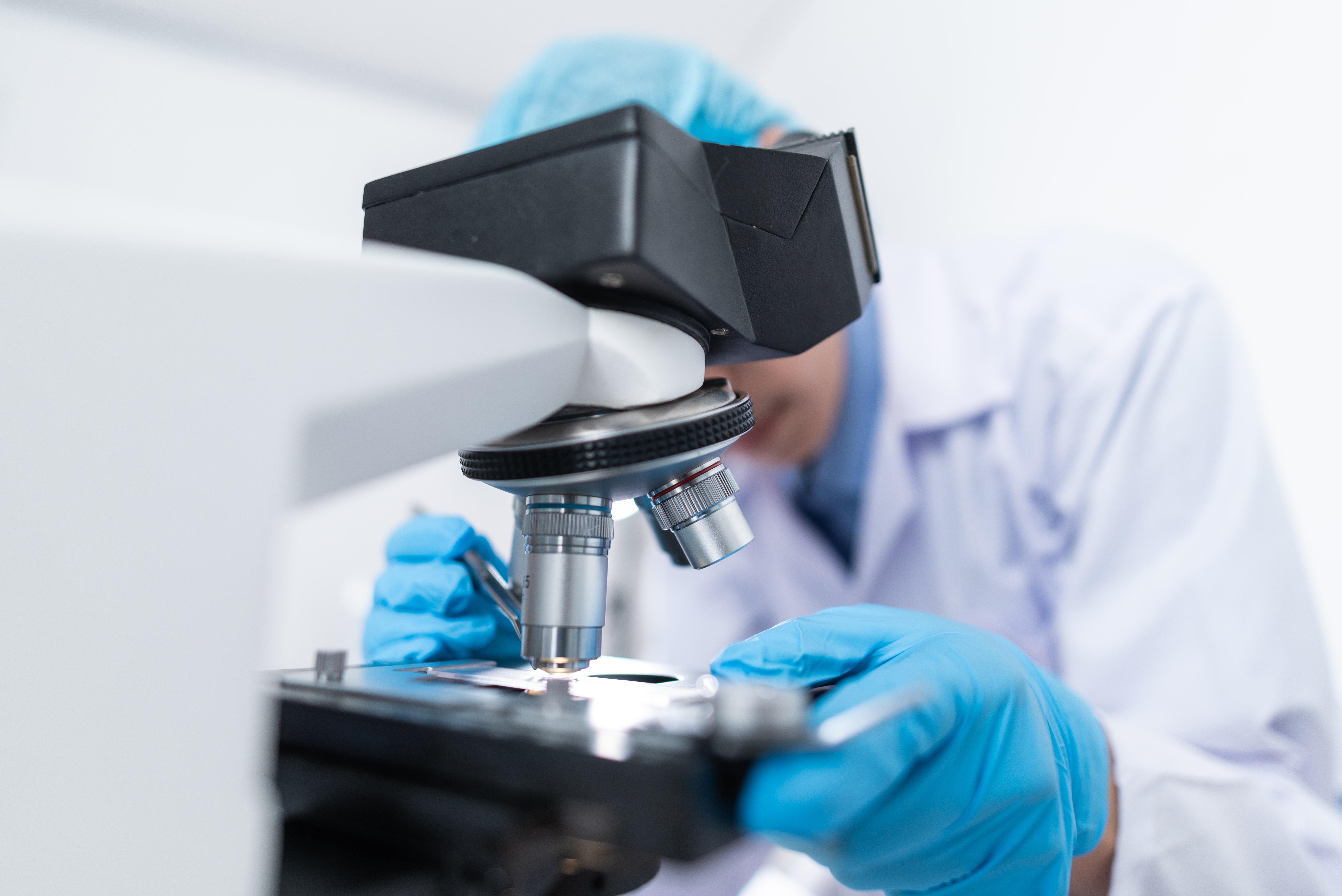Good clinical evaluation
An absolute must! -
Clinical Evaluation
To certify a medical device, a clinical evaluation is required based on clinical data. A clinical evaluation is an analysis of available clinical data from the literature or from own clinical research. The goal is to substantiate the safety and performance of a medical device. In order to certify a medical device, a clinical evaluation must always be performed by the manufacturer. Existing clinical literature on an equivalent device can be used, provided it answers all questions about safety and performance and equivalence is substantiated. If there are additional questions, one or more clinical studies must be conducted in order them.
 Pitfalls
Pitfalls
There are some pitfalls to avoid when preparing for a clinical evaluation. One must be realize that a clinical evaluation is more than a pile of publications. Clinical evaluation must be a methodological process. First of all, there must be a protocol with one or more clear objectives. The primary purpose of the clinical evaluation is to substantiate the clinical claims that are made about the device. A clinical evaluation could als be necessary to determine possible clinical risks or to properly estimate certain risks. A clinical evaluation can also serve as an additional goal to substantiate usability aspects. Finally, a clinical evaluation should provide insight into the occurrence of possible side effects.
When drawing up the protocol, it is also important to keep a close eye on the intended purpose, as indicated in the manual. The clinical evaluation must cover the full intended purpose, including all target groups. Consider, for example, men, women, adults, children, the elderly and / or pregnant women.
The Medical Device Coordination Group has issued several guidance documents regarding correct interpretation of the MDR requirements, also for clinical evaluation. These MDCG documents should be considered when drawing up a clinical evaluation plan and report.
Clinical evaluation plan
The plan should also specify how data is collected. When collecting data from literature, it must be indicated which databases and search terms have been used. Vigilance databases such as MAUDE can also be an important source in this respect. Determining exactly how to search in advance, increases repeatability and prevents important information from being overlooked. A first search often yields an uncontrollable amount of data, especially with a device type that has been known for some time. It is then possible to exclude articles in the first instance purely based on the titles, but it must be clearly indicated which criteria have been used. For example, language, or the occurrence or lack of certain words in the title. A follow-up screening usually takes place at the level of the summaries, with a more substantive screening. Again, the criteria must be stated again, such as the type of study or the tool used. Finally, we look at the level of the complete articles. At each step, it should be well documented which criteria were used to include items and which items were ultimately removed (for example, in a table). For different purposes, the same collection of articles can be screened differently and analyzed later. For example, other information is needed to substantiate claims then for determining side effects.
Clinical investigations should be planned according to a clinical development plan, indicating progression from exploratory investigations, such as first-in-man studies, feasibility and pilot studies, to confirmatory investigations, such as pivotal clinical investigations, and PMCF,
Analysis
In the analysis it is important to indicate how the items are weighed and analyzed. This can be either quantitative or qualitative depending on the type and amount of data. It is important that the quality of the source is included; For example, a peer-reviewed clinical study from a high-quality scientific journal, is more valuable than a case report. The latter is in fact useless to substantiate a medical claim, but it can again be of value in detecting, for example, a certain side effect. Furthermore, things such as chosen clinical endpoints, analyzes performed, type of user, etc. are of importance
If the clinical data are based on an equivalent medical device, it must be properly substantiated that this device is technically, biologically and medically comparable to the device in question. In principle, only one type of medical device should be used as an equivalent and it should be comparable in all three areas (medical, biological, and technical).

Conclusion and follow-up
Finally, the analysis draws a conclusion, in which it is important to check whether all target questions have been answered adequately. It must also be examined to what extent the different data corresponds and any differences must be explained. Any negative results should certainly not be forgotten! The whole is concluded with a clinical risk / benefit analysis. It is important that, where relevant, the results of the clinical evaluation are also traceable in the risk management file and the usability file. The clinical evaluation also serves as input to determine what may be needed in post-market clinical follow-up (PMCF).
Administrative requirements
Finally, there are some administrative issues:
Clinical investigations carried out with a medical device must always be reported to both the local ethical committee of the location where the examination is being carried out and to the Competent Authority (NL: IGJ). In addition, all clinical evaluators should sign a conflict of interest declaration. It is not mandatory to have no conflict of interest, but any conflict of interest must be properly documented. In addition, the clinical evaluation must be regularly updated in line with the post-market surveillance and PMCF plans. It is therefore important that this is recorded in the quality system by means of a process.